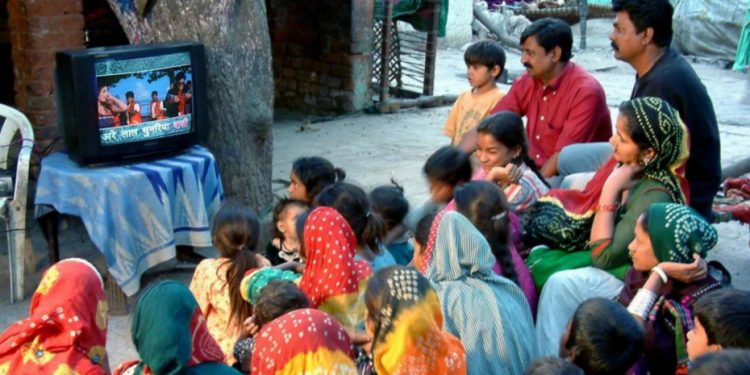Forty-five-year-old Debadutt Jena has been watching Chitrahaar, one of the most popular music shows on Doordarshan since he was studying in Class VIII.
“My parents allowed me to watch the half-an-hour-long show on conditions that I have to start my studies 30 minutes ahead of my regular schedule. Even today, I talk about those days and songs telecast in Chitrahaar with my friends,” says the Bhubaneswar-based IT cell manager of a multinational firm. Though Debadutt spends an hour on OTT platform every day, he makes sure not to miss DD news even today. However, Jena is a rare exception.
At the age of Netflix, Amazon Prime and other streaming services, not only Doordarshan, even private satellite TV channels are fast becoming a thing of the past for the millennials. They begin their day with WhatsApp, get occupied with Facebook and Twitter and go to bed after watching a web series on a streaming service platform.
With social media and streaming platforms influencing every aspect of life, television, since its invention in early 20th century, had never faced such an existential crisis. Ahead of World Television Day, Sunday POST speaks to a few senior TV personalities to get their views on the relevance of television in the Internet era.
Tapash Bose is a prominent face in the Odia television industry. He presented the first show in colour on Doordarshan to viewers and also helmed the Odia segment of Kalyani, India’s longest-running public health campaign, for nearly 10 years, besides playing a key role in formation of about 1,500 Kalyani health clubs in the state.
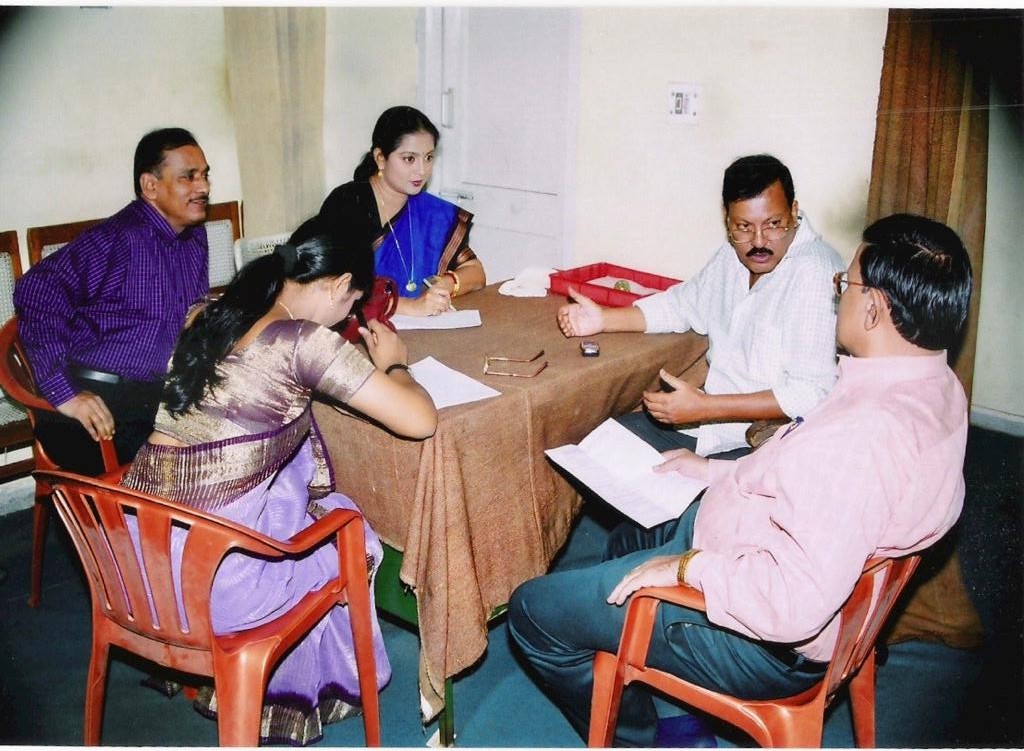
Recalling the initial days of transmission in Odisha, the former assistant station director of Doordarshan Kendra, Bhubaneswar, says, “At that time television was a medium to create awareness on various issues through a variety of shows. We used to produce the shows in Cuttack and send it for transmission to Dhenkanal. I had the privilege to work in an ambience which is unimaginable now. We used to work like a family and help each other to enhance the quality. The environment was such that the station director would casually walk up to a production assistant’s room sans any protocol and ask him to order a cup of tea or some snacks. We took pride in working for a medium that was dedicated to the well being of the people. There was competition among producers but it was a healthy one and aimed at improving the quality of the shows.”
Kalikati Chenka (based on the satires of legendary writer Phaturananda) and Komala Gandhara were the two popular fiction series that made Bose a household name in 1980s, which also bears testimony to the reach of Doordarshan. However, Kalyani was one show that started changing the lifestyle of many in rural Odisha.
“Kalyani was launched in 2002 when private television channels had started pumping in huge money and producing high quality and sleek fiction shows. Kalyani not only survived the onslaught of the private channels but also went on to become an all-time popular show on Doordarshan,” says Bose.
“Kalyani managed to erase the taboo from people’s mind that was associated with HIV+. Our anchor Mama Mishra (now wife of actor Sidhant Mohapatra) used to share food from the same plate of a HIV+ affected and it used to be shown on television. That was one of the biggest success stories and was widely covered in several national dailies and was even appreciated by UN AIDS. Thanks to the show, I was invited by BBC-London in 2006 to share my work experience at their studio.”
The work environment and culture has changed a lot over the years, says Bose. “The biggest difference today is in the level of discipline. Everyone was punctual and sincere and it reflected in their work. I have seen artistes getting their contracts scrapped for reaching the studio late by only 10 minutes. They used to take it in their stride. As a producer/director, we were wary of viewers’ reactions and kept our fingers crossed. We never took them for granted which is not the scene now.”
He acknowledges that television now faces multiple challenges in the form of social media, OTT platforms, smart phones and YouTube channels. However, he also sees a silver lining in the cloud.
“Earlier, we used to work hard on clichéd subjects due to lack of access to good stories. The challenge was to make them an interesting watch. However, the scene has changed now. Today, we have a vast content base and social media is experimenting with them. Television producers and directors can explore these opportunities to attract viewers,” explains Bose, a former producer of Doordarshan.
If Bose was instrumental in making Kalyani a thought-provoking and landmark show, Dilip Kumar Sahoo played a significant role in giving the show a wider viewer base. Although Sahoo now works as a programme executive in Doordarshan Kendra, he loves writing poems on contemporary issues. Kalyani won’t have scaled the peak of success without the songs composed by Dilip Sahoo, say many viewers. Not only Kalyani, Sahoo has conceived quite a few popular shows for the national television.
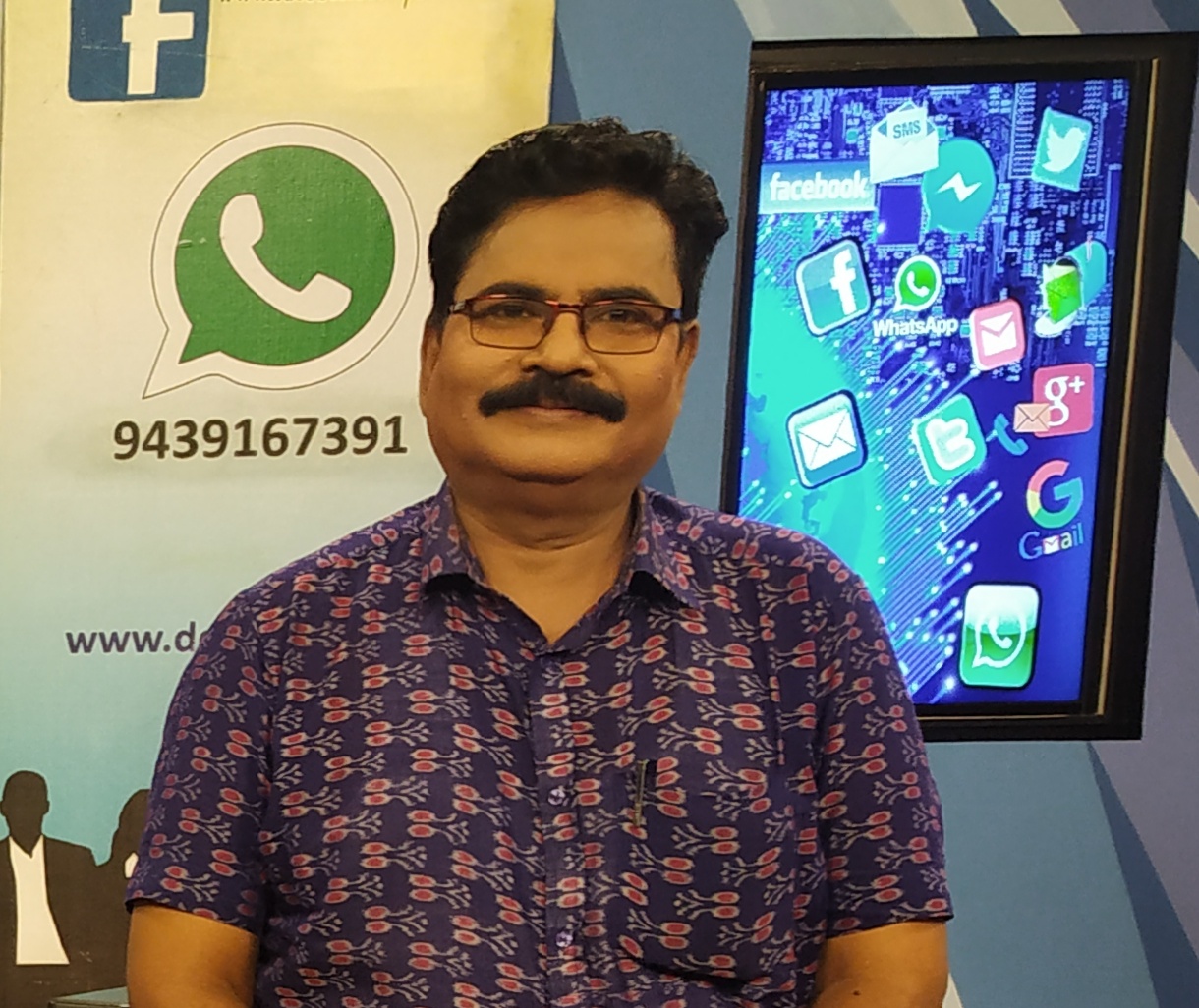
Expressing disappointment, he says, “From black and white (B&W) to the high definition era, television has come a long way. Although the United Nations has allotted a day to popularise television among the masses, it seems to have failed to produce the desired result. The craze of television among the viewers was more when the transmission was in B&W format.”
“The increasing acceptance of social media has a lot to do with the lukewarm response to television,” adds Sahoo.
That, however, doesn’t mean viewers can’t be lured back to watch television. “We have to go back to the old days again. The only way to attract viewers’ attention towards TV is by packing a show with information, education and entertainment. At a time when social media is influencing every aspect of our lives, television channels should try to come up with interactive shows to get back viewers.”
“Is it not surprising that Kalyani, despite being a health magazine, was one of the most-viewed shows when private television channels were at their peak? The show kept the viewers involved, which became its USP. Chakulia Panda (a sect, the male members of which visit door to door reciting religious poems and receive rice in return), his assistant and a female anchor were the main attractions of the shows. People used to wait desperately to meet the Chakulia Panda to apprise him of their problems. The TRP of the show climbed because people could watch themselves on television.”
He further says, “In the past, soap operas had become popular among viewers. Mega serials are still being churned out but viewers are losing interest due to the slow pace at which the story moves and the running time that goes on for years. I am sure people will watch television if they are offered content-driven productions.”
Founder and director of Satabdira Kalakar, one of the country’s most a prominent theatre troupes, Dhira Mallick needs no introduction. However, he is equally popular among television viewers as a news reader of Doordarshan Kendra, Bhubaneswar.
“I enjoyed a kind of stardom as a news reader. Be it in cinema halls, market place or on the streets, people used to instantly recognise me because I was a popular face on television. However, with the advent of private television channels and their aggressive style of promotion, Doordarshan has been overshadowed,” he says.
Dhira, however, points out a few areas that have not been penetrated by private channels and social media.
“Apart from presenting almost unbiased information, the public broadcaster has managed to stick to traditional shows. People in rural areas still watch Doordarshan as they get a chance to watch shows where folk art forms like Pala, Daskathia and Danda dance and classical dance are shown. Similarly, it is the most sought-after channel for watching agriculture-based shows,” he adds Dhira.
Actress Puspa Panda, who started her film journey in the 1980 with Tapasya, has appeared in nearly 50 films. Although she has done many films, television made her an overnight star in rural belts, says the veteran actress. Panda has been a popular face on television, having done a large number of mega serials produced by Doordarshan as well as private television channels.
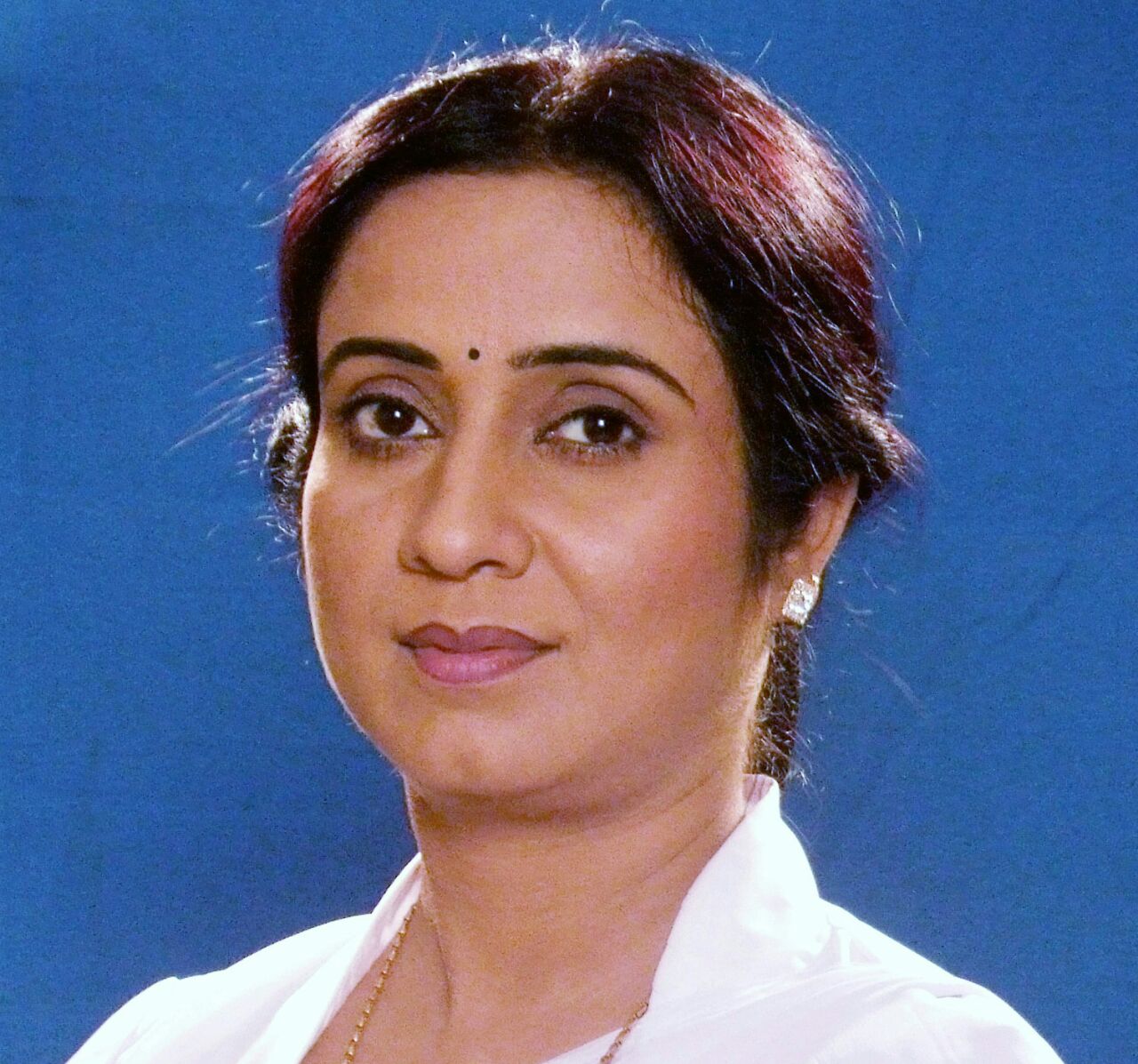
“Things have changed a lot today. Besides the introduction of new technologies, one major difference is the level of respect that is given by artistes to directors and other seniors. I am disappointed with the approach taken by most actors today towards their profession. We were director’s actor during our time which isn’t the scene anymore. Many senior actors like Mihir Das, Kuna Tripathy, Runu Parija, Suresh Mishra and Harish Mohanty used to rehearse multiple times before giving their shots which is not to be seen in today’s breed of television actors.”
Besides, she says that today’s shows are detached from their roots. “Technically we have progressed a lot but we lag in terms of quality content. The Odia shows that rare being made today are blatant copies of other regional shows. It is not that we don’t have good stories to tell, but we lack intent. The sole intention of the producers is now to make profit. This saddens me not only as an actor but also as a viewer,” says the actress.
Much like Puspa Panda, actor Bhupati Tripathy also made his television debut in the 1980s. Although Bhupati has acted in more than 50 films, he says that working on television gave him creative satisfaction.
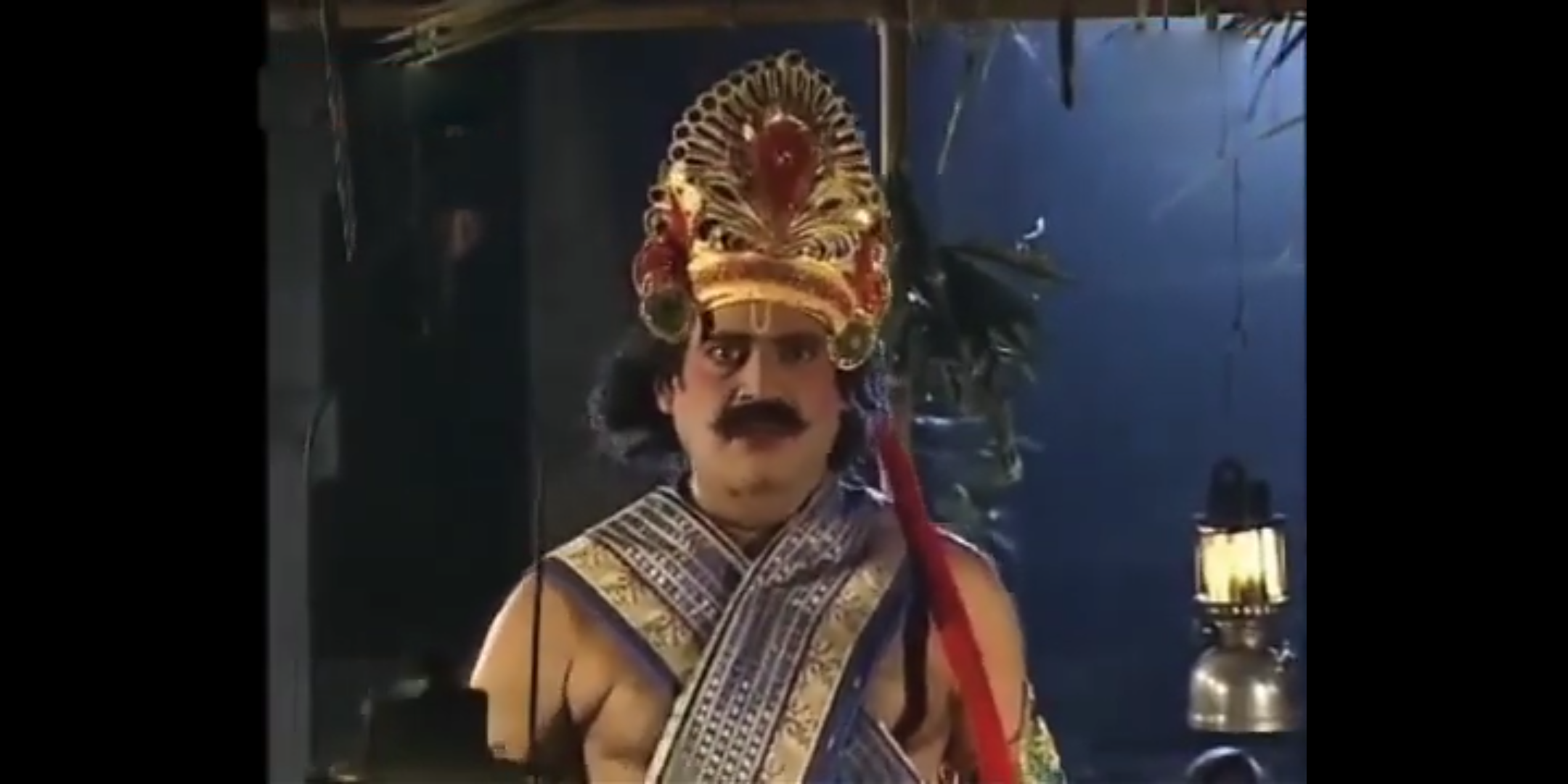
“There is no denying that cinema is glamorous compared with television. But an actor gets a limited scope to showcase his talent in films where as you get the opportunity to experiment more on television shows. Moreover, television generates more employment for actors and technicians. In spite of doing a variety of roles in films, television continues to be my favourite medium as far as job satisfaction is concerned,” adds Bhupati, who forayed into television with Subhasya Shighram.
That said, Bhupati does see social media as television’s biggest rival. “Viewers today have more options to choose from, but I don’t think it will affect the relevance of television in the near term. There has been a spike in the number of private TV channels over the last few years. This indicates that there is no dearth of viewers for the television. On the other hand, I think the social media and streaming services onslaught will only make TV producers and directors to come up with better content to attract more viewers,” he says.
BIJAY MANDAL, OP

